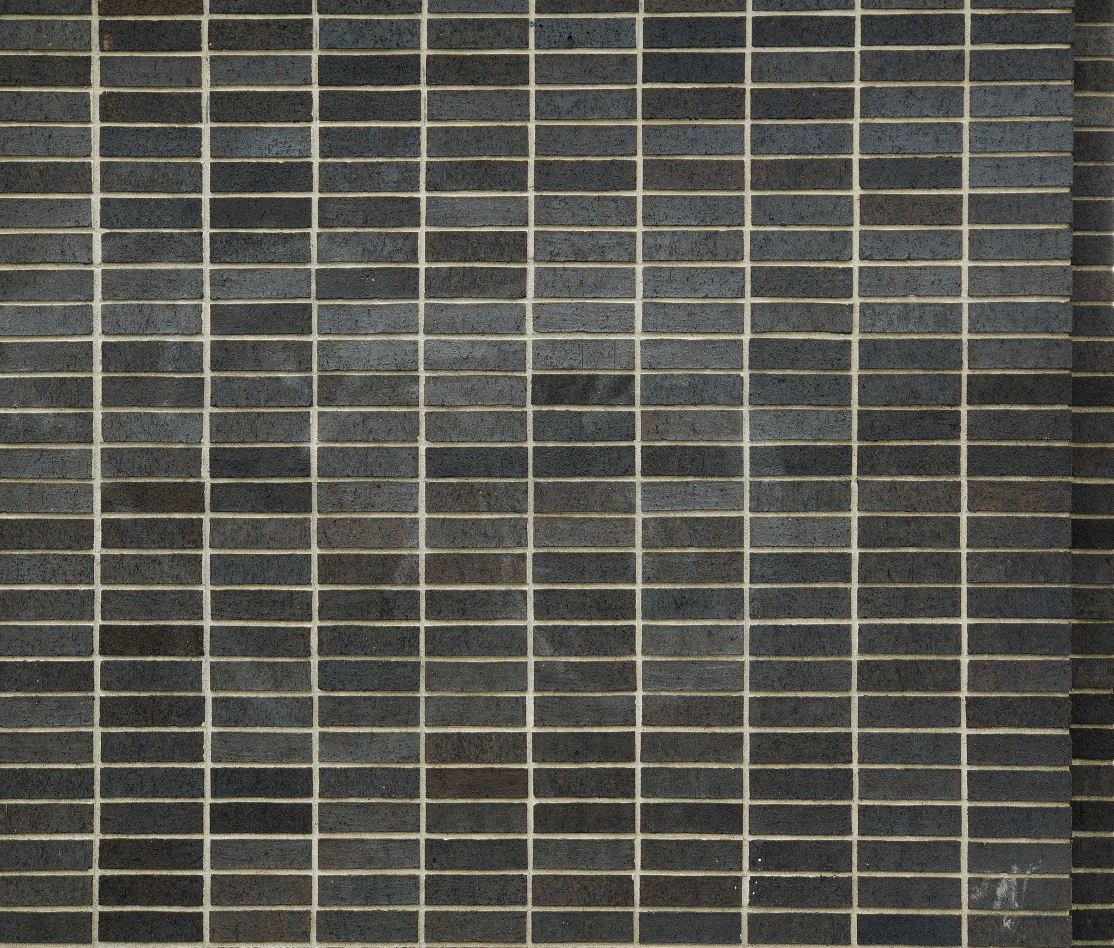


The straightness of a brick is also a consideration in regularity and bricks which are liable to be bowed may not give a very satisfactory appearance when stack bonded as soldiers.

There is no agreed industry standard for the maximum variation tolerable for such an application, but experience suggests that the difference in length between the longest and shortest bricks supplied should be no more than 3mm. For clay bricks the limits of size permitted in BS 3921: 'Specification for clay bricks' will not provide an adequate method of regulating supplies and an alternative specification should be agreed with the manufacturer. Therefore, check on the practicalities of obtaining supplies of appropriate consistency when considering a particular brick. This requirement imposes greater stricture on consistency of the size and shape of the bricks used than does normally bonded work. Bricks with a distinctive texture intended to be laid conventionally (flat), may not have a satisfactory appearance if laid on-end.įor good appearance of stack bonded brickwork the continuous horizontal and vertical mortar joints in the face of the work need to be straight and consistent in width. As the bond depends on regularised mortar joints for it to read well, plain coloured bricks are preferable to multi-coloured types, which can camouflage the bond pattern. The colour and texture of the proposed brick should be considered in relation to the form of stack bonding proposed.
MASONRY STACK BOND CODE
Suitable for use in internal and external masonry leaves.Other than requirements for protection against corrosion, no specification for the reinforcement itself or the frequency of its provision in the bed joints of stack bonded brickwork is included in the current British Standard Code of Practice for the Use of Masonry (BS 5628: Part 3), but BDA is aware that some specialist manufacturers of bed-joint reinforcement provide design advice for architects and structural engineers (Bekaert Building Products Ltd, 0114 2244488. Ancon AMR-X masonry reinforcement with cross wiresĮxpanded stainless steel lath, to be embedded in mortar joints, for the reinforcement of brick and block in non-structural applications.Ancon AMR for reinforcing masonry panels.Click the links below for more information. The Ancon range of masonry reinforcement comprises AMR, AMR-X, AMR-CJ and SMR 225C. Reinforcement should be provided in the first and second courses above and below all openings and should extend no less than 600mm either side of the opening.īed joint reinforcement can also be used near the top of the structural walls abutting concrete roofs and to provide additional strength to parapet walls. In walls which have door and window openings, bed joint reinforcement can reduce the frequency of control joints. It also reduces the risk of cracking either at stress concentrations around openings or as a result of movement, in accordance with BS5628-3: 2005.īed joint reinforcement may be used for a variety of purposes and locations: Ancon Masonry Reinforcement, otherwise known as Bed Joint-Reinforcement, improves the structural performance of masonry walls by providing additional resistance to lateral loads e.g.


 0 kommentar(er)
0 kommentar(er)
